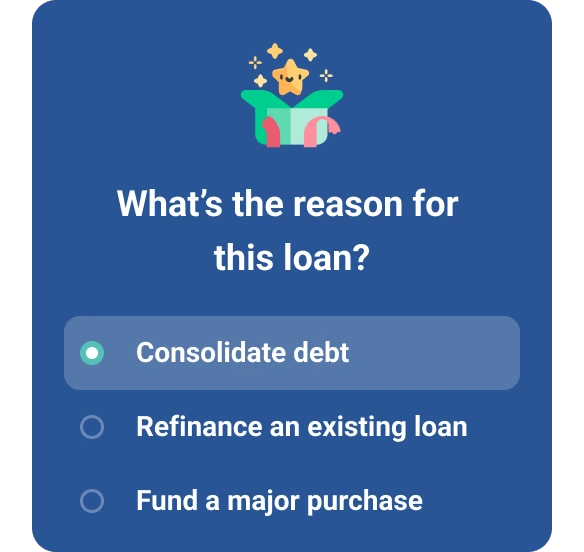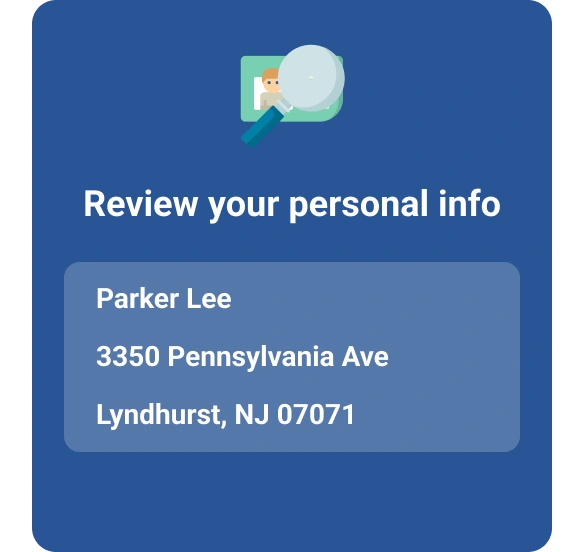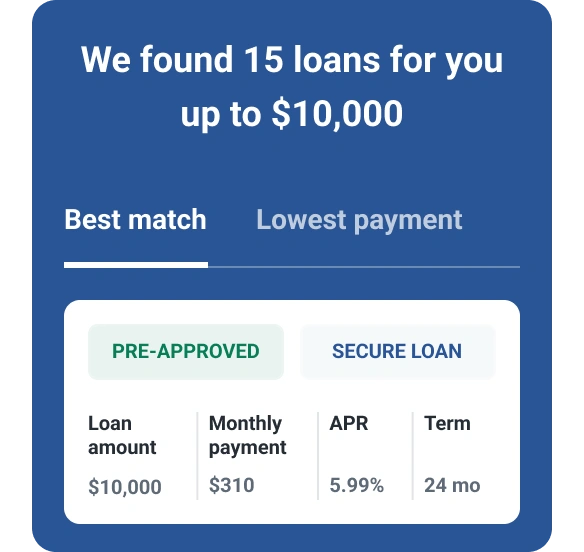10 Alternatives to Payday Loans

Payday loans are short-term, high-cost loans that may be due on the borrower's next payday. Their convenience and ease of approval may make them sound like an attractive option when you're in a pinch, but the consequences of taking out one of these loans can be ugly.
Fees for these short-term loans often range from $10 to $30 for every $100 borrowed. Based on those fee amounts, a $500 payday loan could result in a fee as high as $150. Fortunately, there are better, lower-cost alternatives to payday lenders available—even those who have poor credit.
Why Should I Avoid Payday Loans?
Taking out a payday loan is one of the most expensive ways to borrow money. A two-week payday loan with a fee of $15 per $100 borrowed would result in fees equivalent to an annual percentage rate (APR) of nearly 400%, according to the Consumer Financial Protection Bureau. By comparison, credit cards have an average APR of around 16%.
A common amount for a payday loan is $500, although it may be more or less. Generally, a borrower repays the entire loan on their next payday or when they receive another type of payment, such as a Social Security check. The timeframe for paying off a payday loan usually ranges from two to four weeks. Most payday loans don't require a credit check or proof that you can repay the loan.
If you fail to pay off the loan within the time period spelled out in your lending agreement, you might be able to extend the loan through what's known as a renewal or rollover. However, you may be hit with a renewal or rollover fee of $45, for example, on top of the principal and interest already owed. This cycle could continue every time you renew or roll over a payday loan, perhaps resulting in several hundred dollars in extra fees.
Some states ban payday loans, and some payday lenders don't do business in states where interest rates and fees are tightly regulated. The maximum size of payday loans is regulated in other states.
What Are Better Alternatives to Payday Loans?
Thankfully, a payday loan isn't your only option for quickly accessing cash. Here are 10 better alternatives.
1. Consider a Payday Alternative Loan (PAL)
Credit unions that are members of the National Credit Union Administration offer payday alternative loans (PALs). You could use money from a PAL to avoid a payday loan or to pay off an existing one. Lower-cost PALs give a borrower more time to pay off a loan than a payday loan does.
A credit union can charge an application fee of up to $20 for a PAL. PAL amounts can range from $200 to $1,000, with the payoff period lasting one to six months. As many as three PALs may be given to the same borrower during a six-month period, as long as no PAL overlaps or rolls over.
Commonly, credit unions offer PALs with APRs comparable to that of credit cards.
2. Apply for a "Bad Credit" Personal Loan
Instead of getting a payday loan, you may be able to qualify for a "bad credit" personal loan. A number of lenders offer these loans for amounts that range from $500 to $10,000. However, APRs can commonly be quite high, and you may wind up paying an origination fee or other charges too.
Unlike home and auto loans, these loans don't require you to put up property as collateral. They typically require a credit check.
3. Borrow From Family or Friends
If you're in a financial bind, a family and friends loan may be a great way to dodge a high-interest payday loan. In fact, you may even be able to borrow money with no interest.
Regardless of the interest rate you decide on, put your loan agreement in writing. This contract should include the amount of money you're borrowing, the interest being charged or the collateral being used, the payoff period, and the payment amounts and due dates.
Failure to repay a loan of this type won't hurt your credit, but it can result in legal action and a severed friendship or strained family relationship.
4. Ask Your Creditor About a Payment Plan
If you're short on cash, borrowing more might not be a great option. Instead of going down that road, you might try asking your creditors whether they'll put you on a payment plan.
Under this kind of plan, you agree to pay a smaller amount of money each month over a certain period of time. While you might end up paying more interest under a payment plan, it could ease your current cash crunch without causing you to take on more debt.
5. Seek Help From a Credit Counselor
A nonprofit credit counseling agency may be the way to go if you feel like you're swimming in debt.
A certified credit counselor can help you pay off your debt faster, lower your interest rates, work with you on a household budget and improve your financial situation. Depending on which services you utilize, nonprofit credit counseling agencies may provide their services at little to no cost.
6. Get a Side Hustle
Do you have a little extra time on your hands? If so, you may be able turn that time into cash through a side gig. Here are a few examples:
- Become an online tutor.
- Sell unused or retired clothing online.
- Do part-time freelance work, such as web design, writing or graphic design.
- Drive for a ride-hailing service like Uber or Lyft.
- Sell craft items that you make, such as quilts or jewelry.
7. Consider a Low-Interest Credit Card
Although your credit may be a bit wobbly right now, you might be able to get a low-interest credit card (or at least a card with an APR that's considerably lower than the APR for a payday loan). Experian can help you see whether you can qualify for a low-interest card. If you're having a hard time paying back credit card debt, a balance transfer card can give you some breathing room. You'll typically need good credit or better to qualify for a credit card with a low interest rate.
8. Explore Lending Circles
As a member of a lending circle, you can borrow money from other people at no cost to pay off high-interest loans, cover emergency expenses, buy a car and so forth. A lending circle includes six to 12 people. Loan amounts range from a couple hundred dollars to thousands of dollars. Mission Asset Fund operates one of the most well-known lending circles.
9. Investigate Peer-to-Peer Loans
Peer-to-peer loans are available through online platforms that match potential borrowers with investors willing to issue loans. Keep in mind that peer-to-peer loans typically come with fees based on the percentage of the amount you've borrowed.
10. Look Into a Cash Advance From a Credit Card
A credit card cash advance typically charges a lower interest rate than a payday loan. Keep in mind, though, that the APR for a cash advance from a credit card may be higher than the APR for purchases made on the same credit card. You'll also be charged a fee for withdrawing a cash advance (3% or 5% of the amount borrowed is common). Beware of the potential to increase your credit utilization (which can hurt your credit) and accrue large fee and interest charges, however.
The Bottom Line
Payday loans are easy to get, but consumers can pay a steep price for that convenience. Many alternatives are worth considering. In a lot of cases, you'll want to get your free credit score and free credit report from Experian to see where your credit stands before applying for an alternative to a payday loan. Doing so can help you narrow your options and better ensure your application gets approved.
Need a loan?
Whether you're shopping for a car or facing a last-minute expense, compare loan offers matched to your credit profile.
Start now for freeAbout the author
John Egan is a freelance writer, editor and content marketing strategist in Austin, Texas. His work has been published by outlets such as CreditCards.com, Bankrate, Credit Karma, LendingTree, PolicyGenius, HuffPost, National Real Estate Investor and Urban Land.
Read more from John

